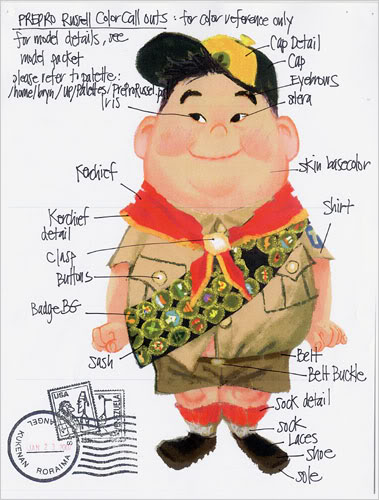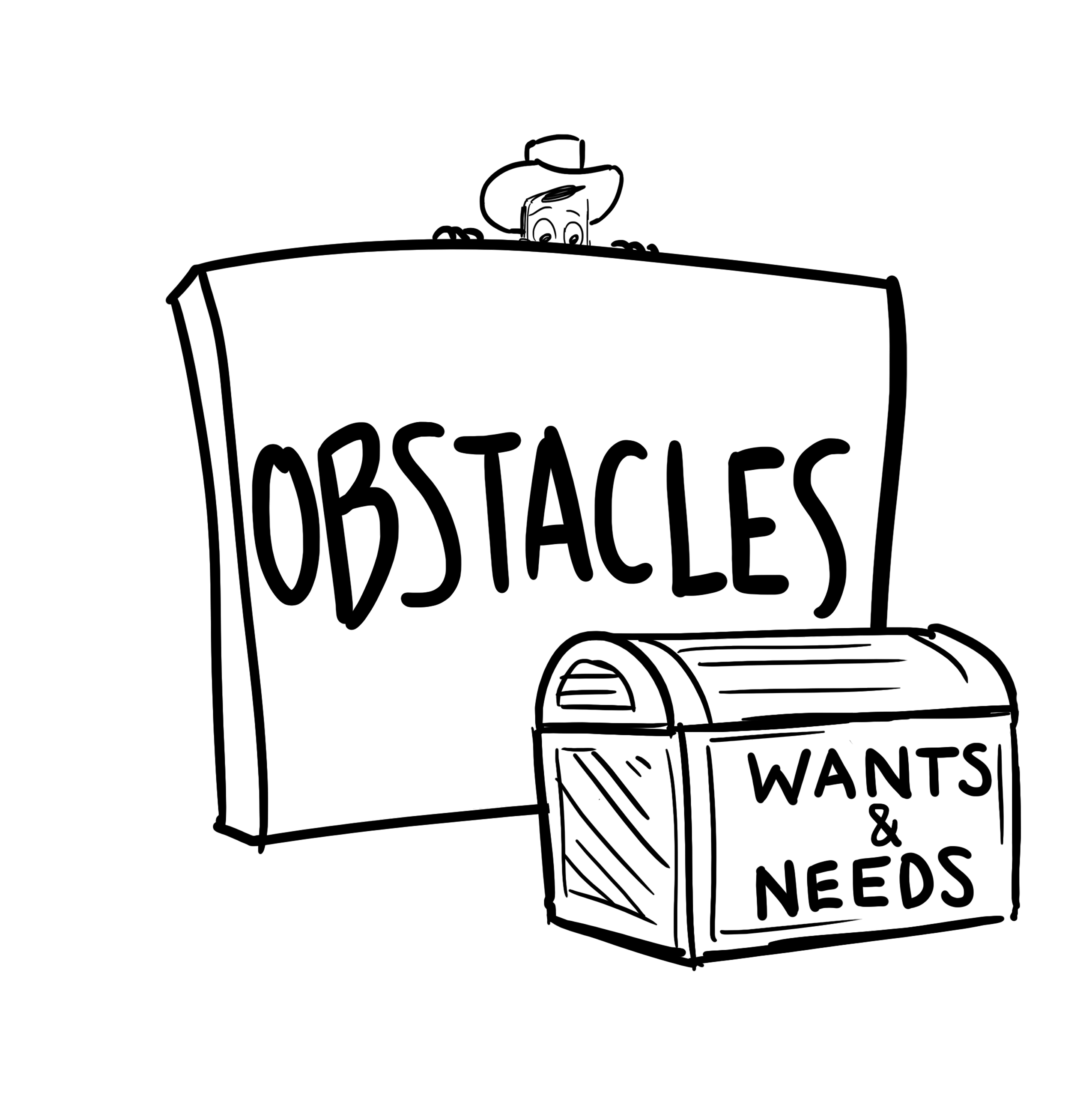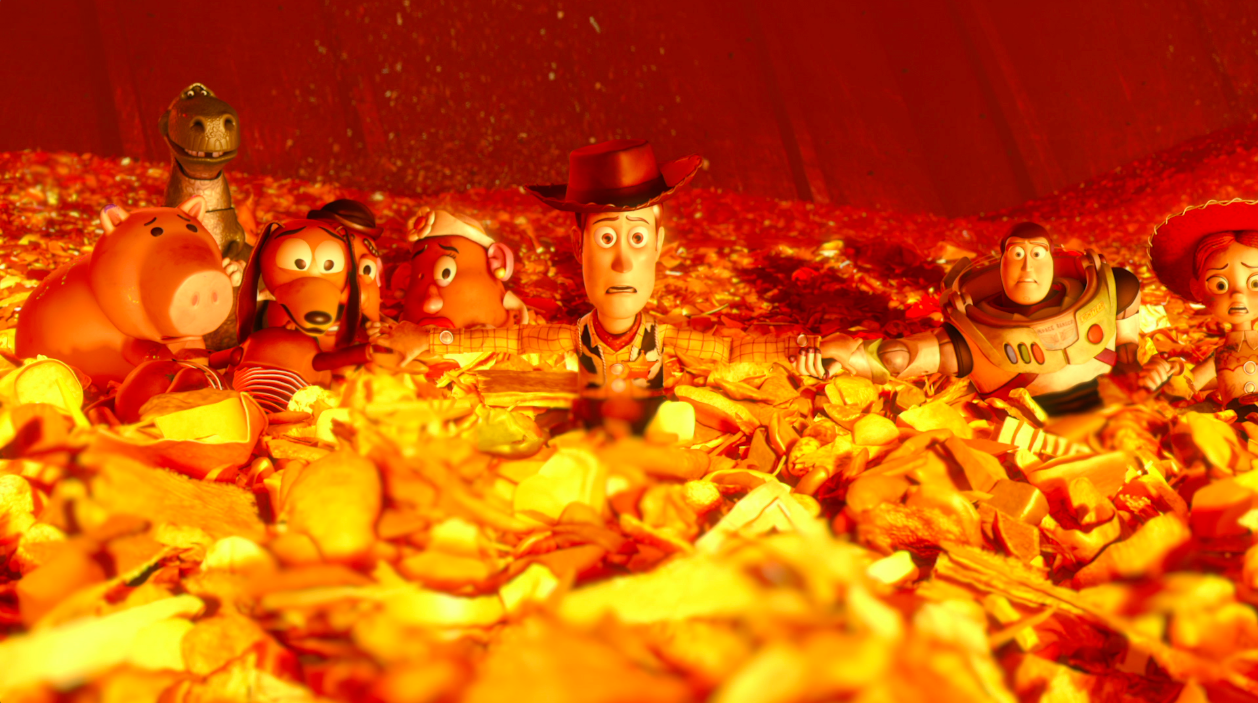Due June 7th by 11:59 pm
Characters are at the heart of every film Pixar makes; they’re the individuals we follow on the journey of every story. But how does Pixar come up with those characters, make them more than just generic ideas, and really bring them to life? In this lesson you’ll explore how character development drives the storytelling process at Pixar, and you’ll start thinking about creating characters for your own stories.
Introduction to Character
Warm up: elevator test
This is an activity you can return to many times during the creation of a character.

Step 1: Pick a character from one of your favorite films. How would they respond to being trapped in an elevator? Draw or write a single page about what happens.
Step 2: Return to a character you are in the process of creating and do the same thing.
Disclaimer: One does not literally have to get locked in an elevator to do this exercise!
Go to your Google Drive folder and create a Google Doc to write your ideas and responses.
Internal vs. external features
Activity 1: Internal & external features

Part A: Return to your three favorite films and identify a main character in each.
Part B: Identify three of their external features.
Part C: Identify three of their internal features.
Part D: Identify three internal and external features of someone that you know.
Part E: Return to one of your character ideas from the last lesson. Brainstorm some possible answers to the following questions (feel free to work alone or in a group)
External features:
- Is your character a human, animal, object?
- What kind of clothing do they wear?
- How does your character move?
- What’s the first thing you’d notice when looking at them from a distance?
Internal features:
- What do they like to do?
- What do they fear?
- What emotion do they most often feel?
- How would they respond if trapped in an elevator?
Go to your Google Drive folder and create a Google Doc to write your ideas and responses.
Wants & Needs
Activity 2: Wants vs. needs

A scene from Pixar’s film “Monsters, Inc.” where Sully the monster holds the young child named Boo.Part A: Return to the main characters from your three favorite films. Identify a want and a need for each character.For example: In Monsters Inc. Sulley wants to be the best scarer but he needs to be a father figure.Part B: Try to identify one of your own wants and needs.Part C: Return to your character idea from the previous exercise. Brainstorm answers to the following questions:
- What do they want most?
- Who do they want to become?
- What might they need in order to succeed?
Go to your Google Drive folder and create a Google Doc to write your ideas and responses.
Obstacles
Activity 3: Obstacles

Part A: Return to your three favorite films. Identify one obstacle the main character you selected faces in each.
Part B: Identify an obstacle that you’ve faced in your life. What was it preventing you from getting?
Part C: Return to the character that you are developing. Brainstorm a few possible obstacles they might face.
Go to your Google Drive folder and create a Google Doc to write your ideas and responses.
Character Arc
Activity 4: Character Arc

Part A: Identify the arc of the main character in your 3 favorite films.
- What do they want at the beginning?
- What did they realize they need by the end?
Part B: How have you changed as a result of overcoming an obstacle?
Part C: Brainstorm ideas for how your character might change as a result of the obstacles you’ve identified in the previous exercise?
- What might they want at the beginning?
- What might they realize they need at the end?
Go to your Google Drive folder and create a Google Doc to write your ideas and responses.
Stakes
Activity 5: Stakes

Part A: Return to the main characters from your three favorite films.
- What was one important choice they had to make where the stakes were high?
- What were the stakes?
- Can you identify them as internal, external or philosophical?
Part B: Think about a difficult choice you had to make in your own life. What was at stake?Part C: Return to one of the obstacles your character might face from the previous exercise. Now think of the choice this obstacle forces them to make. Answer the following:
- What are the possible stakes of this choice?
- Can you come up with an internal, external or philosophical stake which applies to this choice?
Go to your Google Drive folder and create a Google Doc to write your ideas and responses.
Advice on Characters
Here’s a list of definitions introduced during this lesson.
- External feature: the clothes, design or look of a character.
- Internal feature: the personality, beliefs or drive of a character.
- Want: something that drives a character to act.
- Need: something that a character must do or learn in order to succeed or grow.
- Obstacle: something that stands in the way of a character obtaining what they want.
- Character arc: the choices a character makes in order to overcome their obstacles and how they change as a result.
- Stakes: What is at risk if the character fails to achieve their goal (OR, what are the consequences of their choices?)
- External: what will physically happen to a character or the world
- Internal: what will happen to a character emotionally
- Philosophical: what will happen to the values or belief system of the world
* Effective communication among peers is extremely important, and using the correct terminology will help you get your ideas across more effectively. Create a Google Doc in your Google Drive and name it The Art of Storytelling Glossary. Each week copy and paste the new glossary terms into that document and focus on learning those terms the way they’re used in the animation industry.
Modeling and rigging a simple character
Due June 7th by 11:59 pm
When you complete this module’s activities, upload your doc using the link below:
https://www.dropbox.com/request/77c8BRFckvzW4LZmkZnT
All Khan Academy content is available for free at www.khanacademy.org